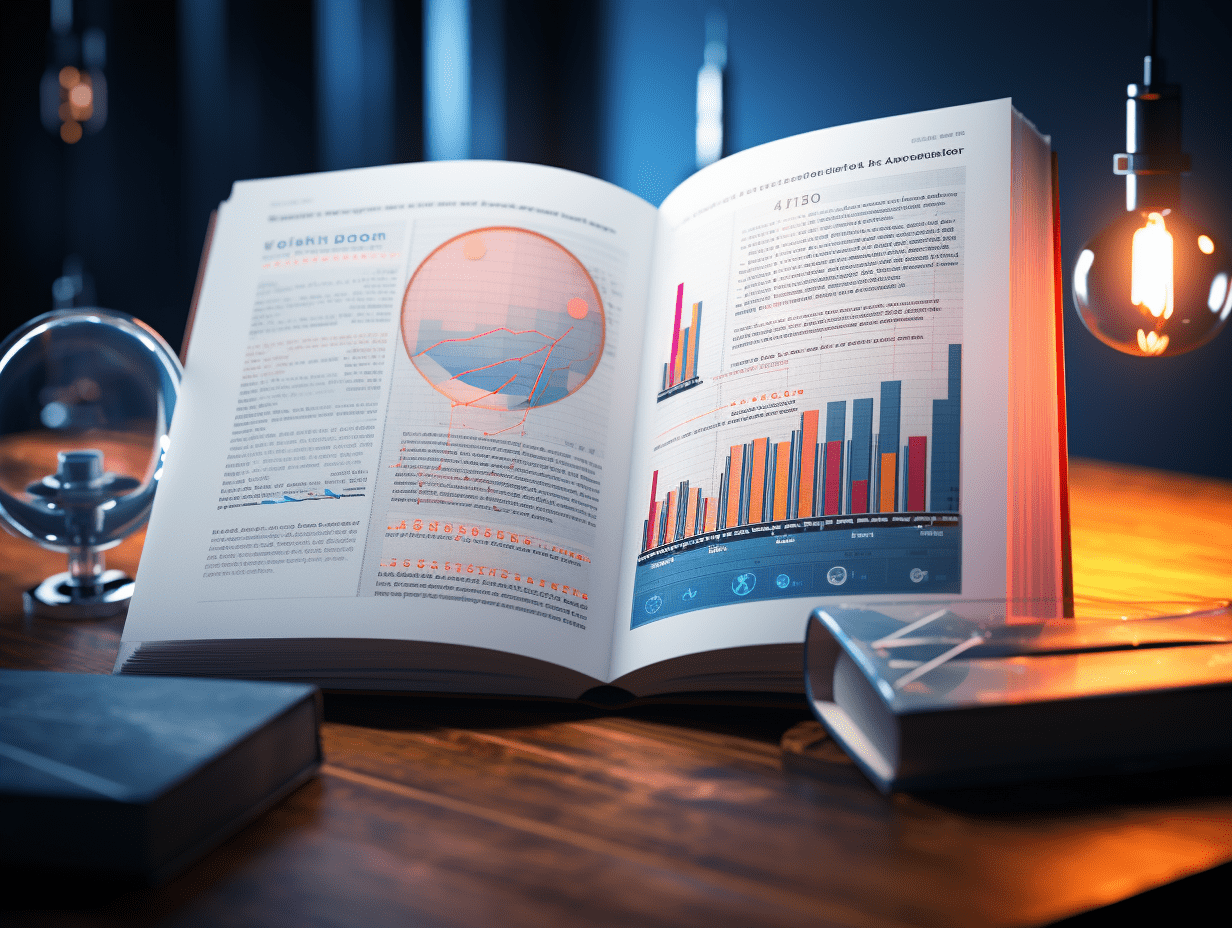
Minmetals Securities: Inventory continues to fall, antimony supply and demand balance will gradually expand.
Minmetals Securities released a research report stating that starting in 2014, China's share of antimony reserves and production has been declining marginally, with China's antimony reserves accounting for 29.5% of the global total and production accounting for 48.12% by 2023. At present, the implicit inventory that has long suppressed prices is being gradually depleted due to the continuous improvement in demand. In the first half of 2024, the metal antimony inventory decreased by 36% year-on-year, and the oxide antimony inventory decreased by 22%. Overall, the antimony supply and demand balance began to reverse in 2023, and is expected to gradually expand until 2026. It is predicted that the supply-demand gap from 2023 to 2026 will be 0.3/1.1/1.9/2.4 thousand tons respectively. The center of the antimony price is expected to return to the pricing range of "scarce" and "critical".
The main points of Minmetals Securities are as follows:
Regulation of the antimony industry policies implies standardization of the global industry supply chain
As a consensus variety on the global "Critical Minerals" list, the U.S., Japan, and Europe all include antimony in their critical metal regulations. China's policy towards the antimony industry has gone through two stages of "tightening-marginal relaxation". On August 15, export controls were implemented for some antimony and superhard material-related items, focusing on the high-end downstream applications of antimony, indicating the standardization of the global antimony industry chain. The antimony industry policy is once again entering a new round of tightening trends.
Looking back over the past twenty years, behind the "full throttle" global export of antimony resources is the tragedy of China losing its antimony resource advantage
According to the USGS calibre, from 2004 to 2008, China, with over 40% of global reserves, contributed over 80% of the antimony production that year. In 2008, China's production reached its historical peak, accounting for 91.4%. From 2008 to 2016, the share of reserves increased to 50%, while the production share remained at over 85%. The production "full throttle" during this period laid the foundations for the current state of the antimony industry. Starting in 2014, China's share of antimony reserves and production has been declining marginally, with China's antimony reserves accounting for 29.5% of the global total and production accounting for 48.12% by 2023.
At the current point, China's antimony industry presents a self-sufficiency gap in resources, with increasing reliance on imports
The gap between mineral antimony and apparent consumption is widening. According to the USGS, China produces 40,000 tons of mineral antimony metal annually, while the average apparent consumption in the past five years was 134,000 tons per year, resulting in a gap of 90,000 tons which has been increasing year by year.
The import supply chain of mineral antimony is concentrated and fragile. From 2018 to 2023, Russia and Tajikistan were the main importing countries, with the two countries accounting for over 40% of the total in 2023. In the first half of 2024, due to payment issues, Russian imports were interrupted, causing some disruptions to China's raw material supply and smelting production, while imports from Bolivia, Turkey, and Australia increased.
Looking ahead to the value center of antimony in terms of supply, demand, and inventory
Supply scarcity and demand stickiness: As a role application as an additive, the stickiness of demand cannot be ignored. Antimony elements are commonly used in compound form in industry and are widely used in important areas such as flame retardant materials, lead-acid batteries, chemical industry, special alloys, and defense security.
Inventory: Emerging from a long season. The implicit inventory that has long suppressed prices is being depleted due to the continuous improvement in demand. Antimony's social implicit inventory came from the closure of the Pan Asia Nonferrous Metals Exchange, which held 18,000 tons of antimony ingots, combined with the trend of metal and antimony oxide inventory in 2023. This inventory is expected to have been gradually depleted when the antimony price reached 110,000 yuan/ton in the previous cycle. Overall, the trend of decreasing inventory in 2023 continued in 2024, with metal antimony inventory decreasing by 36% year-on-year and oxide antimony inventory decreasing by 22%.
Mid-term supply and demand outlook
Minmetals Securities predicts that by 2026, demand will reach 191,200 tons. In terms of structure, the proportion of flame retardants is gradually decreasing, while the proportion of glass ceramics is gradually rising to become the second largest source of demand. Other demands are relatively stable with a slight increase. On the supply side, incremental growth is expected to be limited in the next three years. Overall, the supply-demand balance began to reverse in 2023 and is expected to gradually expand until 2026. It is predicted that the supply-demand gap from 2023 to 2026 will be 0.3/1.1/1.9/2.4 thousand tons respectively. The price center is expected to return to the pricing range of "scarce" and "critical".
Risk warning: Risks of macroeconomic fluctuations; risks of downstream demand substitution; risks of significant increase in supply; risks of price fluctuations of products.
RECOMMEND
©️2013 - 2024 GMT EIGHT Holdings. All Rights Reserved.
Contact: contact@gmteight.com


